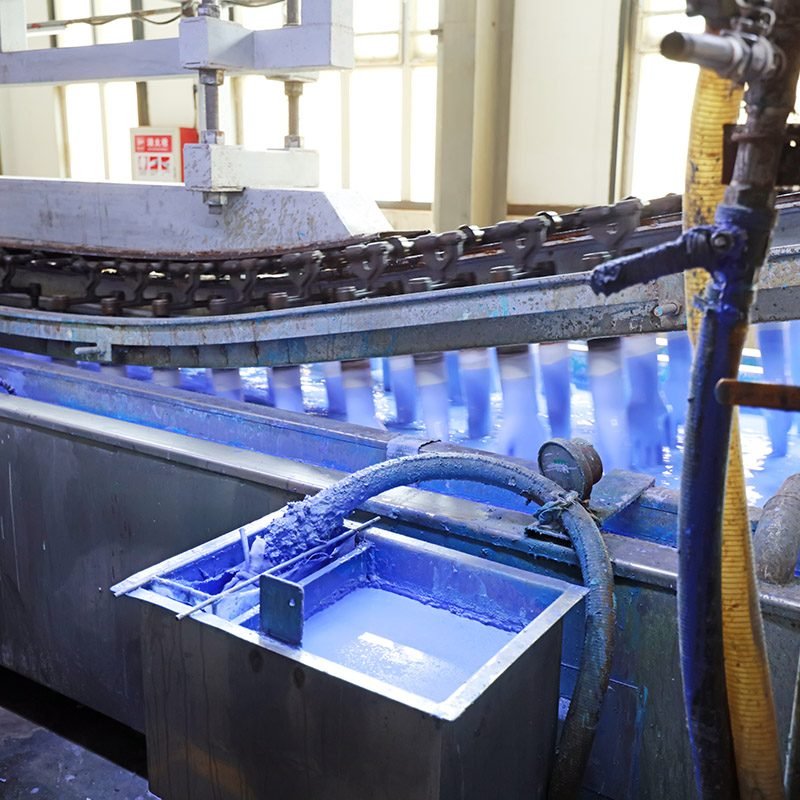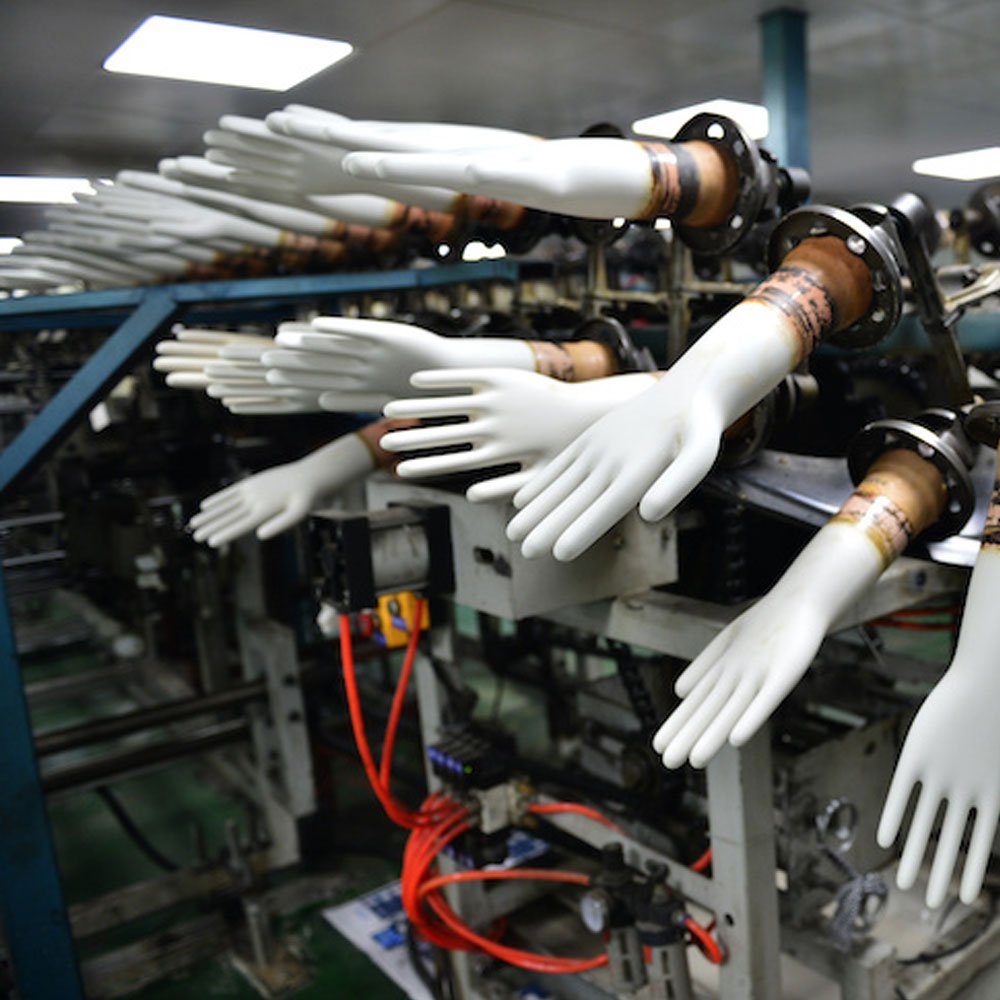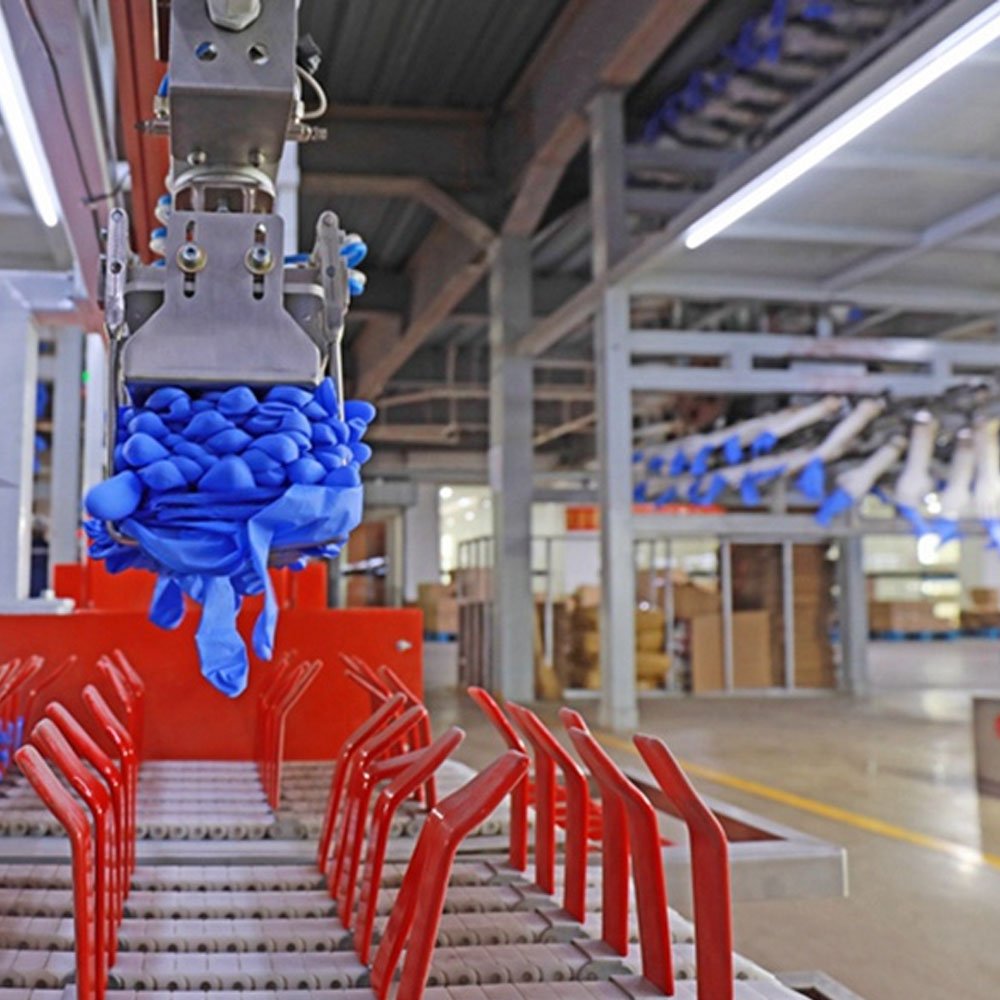How are Nitrile gloves are made
Disposable gloves are used in many areas. Nuclear, aeronautical, automotive, wellness and food industries are only a few fields where gloves are needed. Natural rubber gloves used to be the overall preference in many areas, but synthetic rubber has become the better option with the advance of technology. Natural latex gloves do not endure chemicals, so nitrile is the best option for chemicals and also physical contact protection.
Nitrile butadiene rubber (NBR) is a copolymer obtained from the bonding of acrylonitrile and butadiene molecules used to make the nitrile gloves. Both molecules have a fundamental part in the final product’s performance, and quality since acrylonitrile is responsible for the glove’s chemical resistance and butadiene for its flexibility and resistance to puncture.
ProNitrile gloves are distributed in Canada. They are comply with a severe set of manufacturing rules before they are allowed to be dispatched.

A polymer coating and chlorination process are added to the nitrile gloves manufacturing to improve the glove donning. The polymer coating lubricates the glove’s surface as a layer of polymer is added to the glove. To make the material firmer and smoother, the glove is exposed to a mix of chlorine acid.
To finish the manufacturing of nitrile gloves, they are taken off of the moulds, a process called ” the stripping phase.”

ProNitrile Gloves are
- Powder-free
- Made of synthetic material
- Stretchy, durable & comfortable.

The manufacturing process starts with an emulsifier, acrylonitrile, a few butadiene monomers (1,3-butadiene, 1,2-butadiene), radical generating activators and a catalyst being added to polymerization vessels, with water acting as the reaction medium. It is then all heated to 30-40°C in a tank to make the polymerization reaction easier and form the polymer. The monomers will react for 5 to 12 hours maximum. After that, the polymerization proceeds to a ~70% conversion until an agent is added to react with the free radicals and stop the conversion. After the process is stopped, they remove the unreacted monomers. After that, the rubber is filtered to remove solids and then stabilized with an antioxidant in blending tanks. Calcium nitrate, aluminum sulphate and then coagulating agents are used to coagulate the polymer rubber, which is then washed and dried.
To manufacture nitrile gloves, the process is basically the same as other types of gloves. A hand-shaped ceramic or aluminum is put in water and bleach to remove any residue and then dried. After that, the equipment dips the hand in calcium carbonate and calcium nitrate so that the synthetic materials can thicken in a hand shape mould. Next, the mould is submerged in the NBR tank and after, it is heated until it dries, forming the glove.

